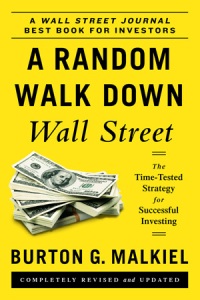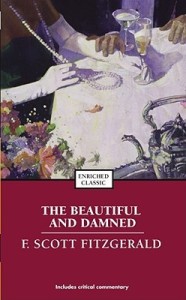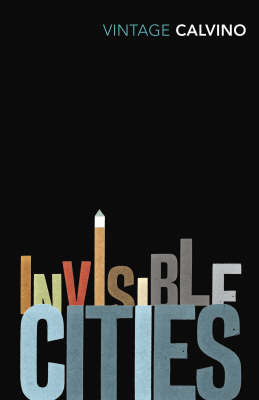
You thought you would never see the day, but here it is: Melody tries to adult! (Yes, a complete contradiction of this blog’s URL, I know.)
I had two objectives in mind when I started this book: first, to gain a foothold in this huge and daunting sphere (a sense of the basics, so to speak), and hence second, to acquire a modicum of interest in dealing with my finances, instead of chucking it aside in favour of idk pirouetting down the streets.
In both objectives the book was successful — the writing was engaging and concise, covering broadly a history of the markets, the two dominant schools of thought for investment strategies, some popular strategies now to manage risk, and finally practical suggestions on how to diversify our layman portfolios across different financial instruments depending on our appetite for risk. Along the way I learned about price multiples, futures, and stock options, although I had to google my way through some of the finance jargon because Malkiel didn’t think I was ignorant enough not to know them already.
The biggest point Malkiel keeps hammering is to put most of our money in index funds, trusting in the efficiency of markets to outperform any hedge fund. Other nuances in investing are to consider the commission fees each transaction incurs, and taxes either charged or offset by the purchase or sale of financial products. The book is tailored for USA, so I skimmed past a lot of the tax advice not knowing if it was applicable in our context, but the point of it was absorbed: do further research on Singapore’s tax laws.
Given that I have read a total of 0 other finance books, I am obviously no judge of the truth of Malkiel’s gospel. As a book to get started though, I think it performed admirably and now I am 15% on my way to sitting down one day and making a Google Sheet spreadsheet with arbitrary numbers on what to allocate my salary on. I’ll do that this year I swear.
Rating: 4.5/5
— A Random Walk Down Wall Street (Burton G. Malkiel, 2015 edition, first published in 1973)


